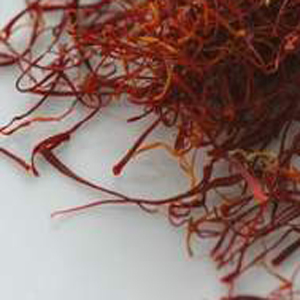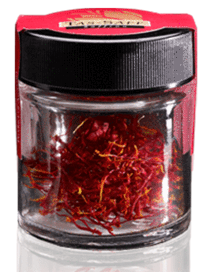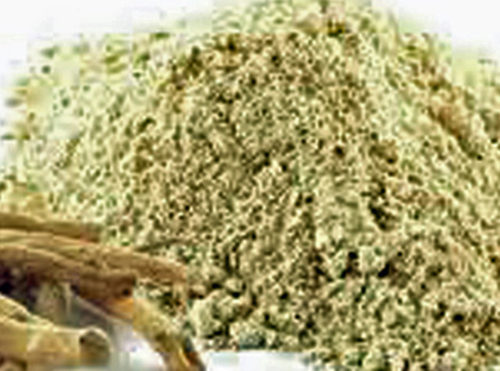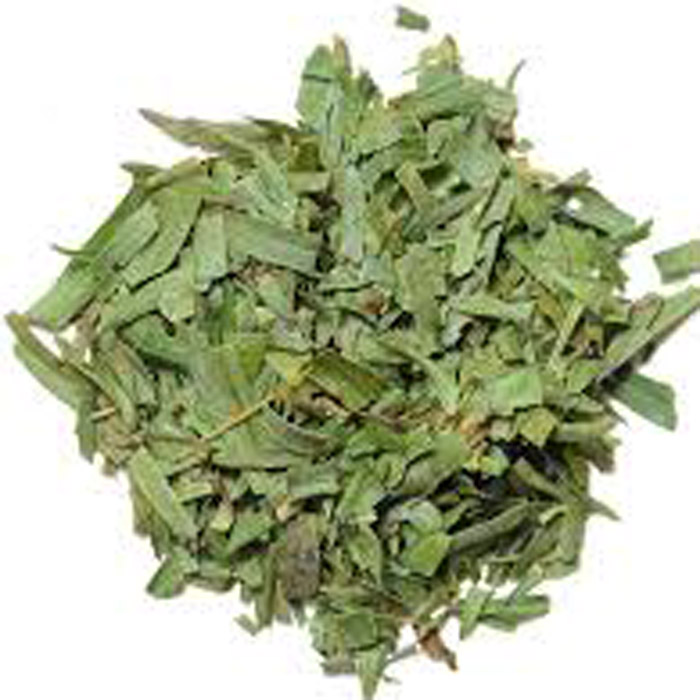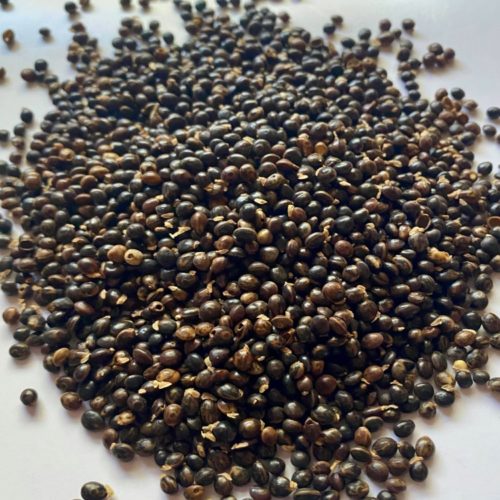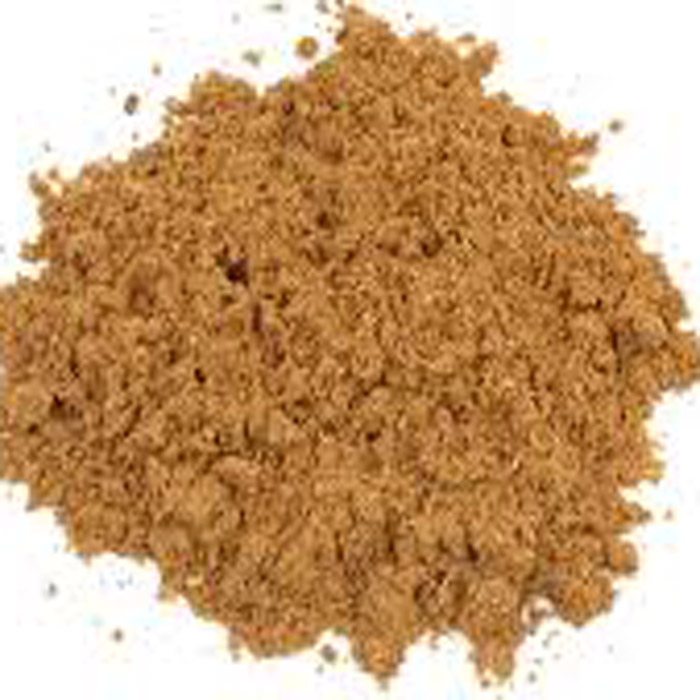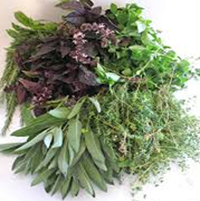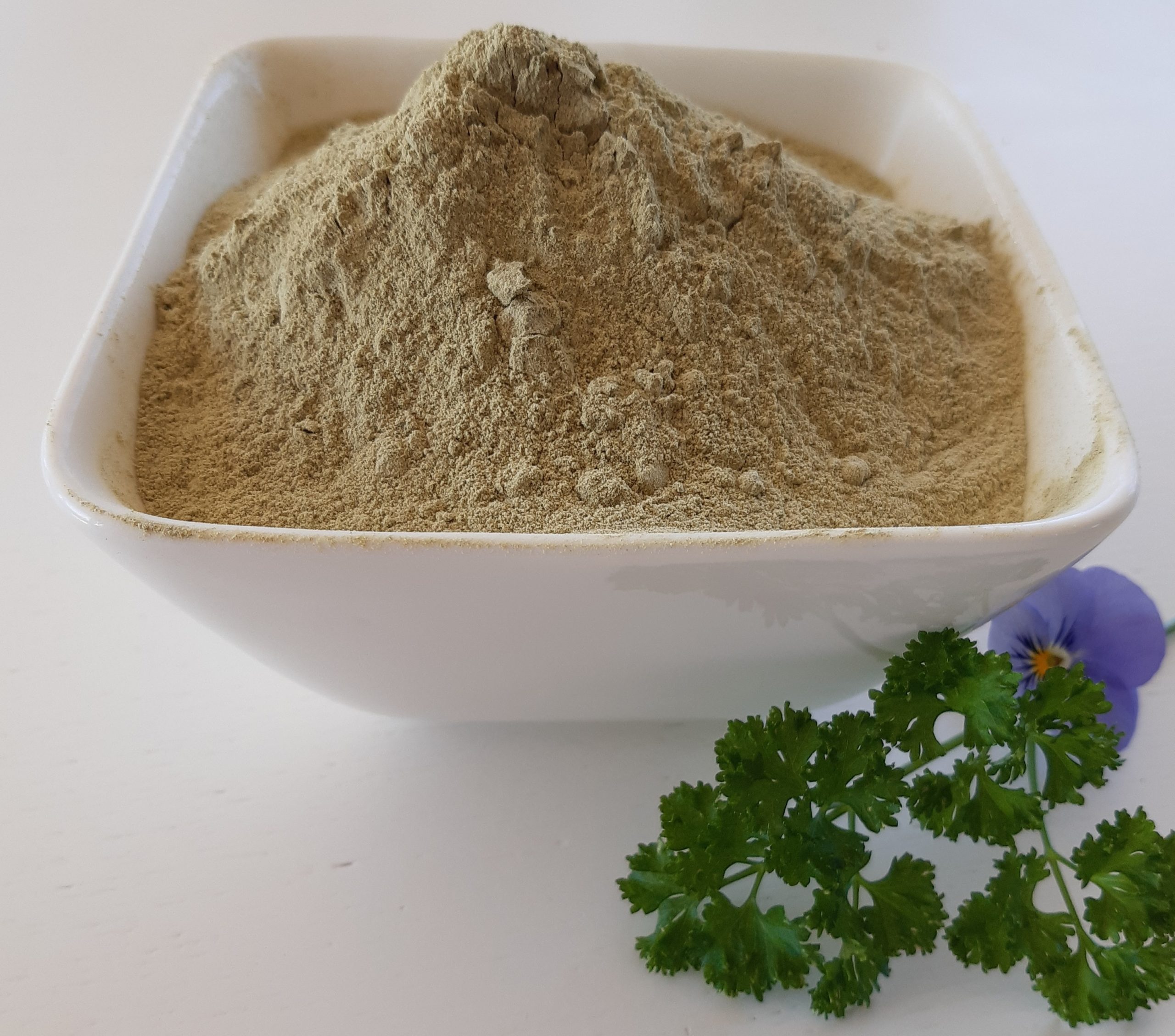Description
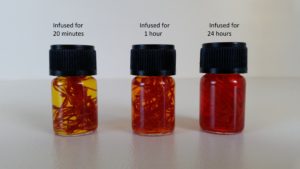
SAFFRON USAGE
Saffron filaments differ from other ingredients, as they need to be activated before use. Many cooks are unaware of this, consequently, saffron’s virtues have eluded them. Some are reluctant to ever try saffron again. Others, professional chefs included, have used too many filaments( “the generous pinch”) and have overwhelmed a dish with unpalatable medicinal flavour. What quantity of saffron filaments and how to use them effectively requires a little forethought and practice.
To activate filaments: either method is available to you.
1. Liquid – Heat – Time …………………… Infusion
2. Gentle Heat – Grinding ………………… Powdered
INFUSION
The three valuable culinary essences of saffron are water soluble. Soaking filaments will allow them to rehydrate, thereby releasing their properties to the liquid. They will expand, swelling eventually to their original size. This takes time, but differing liquids and the application of heat will allow the saffron to ‘brew’ more rapidly.
The infusion of filaments should be the first step in the cooking process, starting 30 minutes, 1 hour, even a day before the final assembly of the other ingredients. How and when the infusion is used in the cooking process will also have bearing the flavour, aroma and colour of the finished dish.
Placed in hot water, filaments instantly start to release colour and aroma. The flavour develops more slowly, dry and bitter with a honey-like taste, when tried neat. After five minutes you will notice you have more saffron than you started with; the filaments have begun to swell. The colour has intensified and saffron’s genial aroma has permeated into the room.
If you are unfamiliar with this technique and have some saffron filaments in your kitchen, start an infusion now. Use 60 milligrams of saffron filaments, place them in a cup and add 2 tablespoons of boiling hot water. Leave it to infuse, return at 5 minutes, 10 minutes, 30 minutes, 1 hour, 2 hours, overnight, 24 hours. Look at the infusion to gauge the colour, smell it , taste it. This simple experiment will give you a measure of how potent your saffron is and when optimum development is reached. You could also try dipping strips of kitchen paper towel into the infusion for 1 second at the above intervals. Allow the paper to dry and then compare with each other. You will clearly see how much more colouring power has developed with the passing of time. However, you may notice a slight loss of aroma and flavour by the end of 24 hours. You will never just add a ‘pinch of saffron’ directly to a recipe again.
Aroma is the most delicate of saffron’s charms, so care is needed to protect it. Long term infusions should be covered with a saucer or cling film. Use a light-proof vessel, a cup or a mug, as these will preserve flavour and the nutritional benefits of the filaments. Colouring power will intensify with time, and eventually the filaments will appear to be exhausted ( approx 36 hours ), ghost-like and pale, having been bled of their goodness and colour by the liquid.
USE OF AN INFUSION
Often saffron filaments are the first ingredients to be prepared and the last added to the dish. Their ‘cooking’ takes place separately, away from the main pot. The golden rule of using saffron infusion is: for maximum colour add it at the beginning of the cooking process with high heat; for maximum flavour and aroma add the infusion near the end of the cooking process and with a lower heat. It is common to add half at the beginning and half at the end.
An infusion can also be ‘held’ and then used at the very last moment, to impart a final intensification of aroma and flavour in particular, and of course colour. This method is used in professional kitchens where an infusion is prepared often in white wine, then held in ban-marie during service. A measure of this infusion will either be mixed into a sauce immediately before serving or used directly on a finished plated dish often with spectacular results. This technique has a similarity to way saffron is used in Iran and in India. For ‘Persian Rice’ a small amount of cooked white rice is placed in a bowl with the infusion liquid. The rice absorbs the liquid, the yellowed grains are then scattered over the remaining mound of white rice, creating a golden peak. In Indian recipes, saffron infusion will be drizzled over a dish immediately before it is served.
A saffron infusion can also be placed on the table and used as a condiment; to spoon into soup or pasta for example. Finally saffron tea is an extension of the infusion process. Allow 100 milligrams of saffron filaments to brew in a litre of hot water for 12 hours. Serve the saffron tea concentrate hot or cold with a splash of lemon juice and honey.
INFUSION LIQUIDS FOR SAFFRON FILAMENTS
Although boiling hot water will give a early development, as the water cools it becomes less efficient. There are other liquids you can use, that will continue to work more effectively than water. They include: white wine, the dry pale vermouths, and the white spirits, gin, vodka even Cointreau, the alcohol acting as a solvent on the filaments. Similarly, because of their acidity, cider, rice and white wine vinegars and the citrus juices of lemon and orange will accelerate the development of the infusion.
Many recipes recommend infusing saffron filaments in hot stock or the hot ‘cooking liquid’; for a few minutes before returning to the pot. This does help, but the development of the infusion is confined, because of the fat content of most stocks. It would be better to use one of the liquids listed above and add their infusion to
